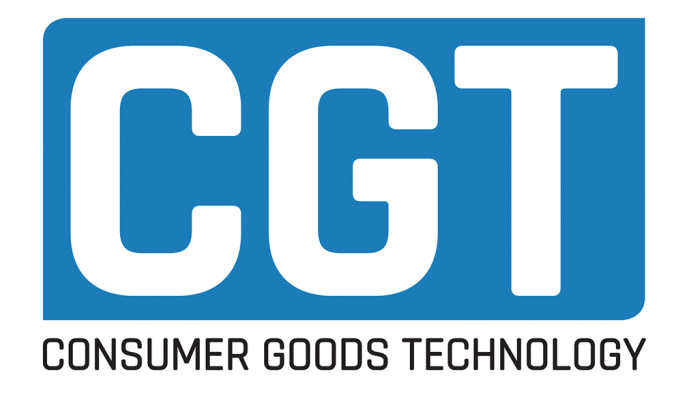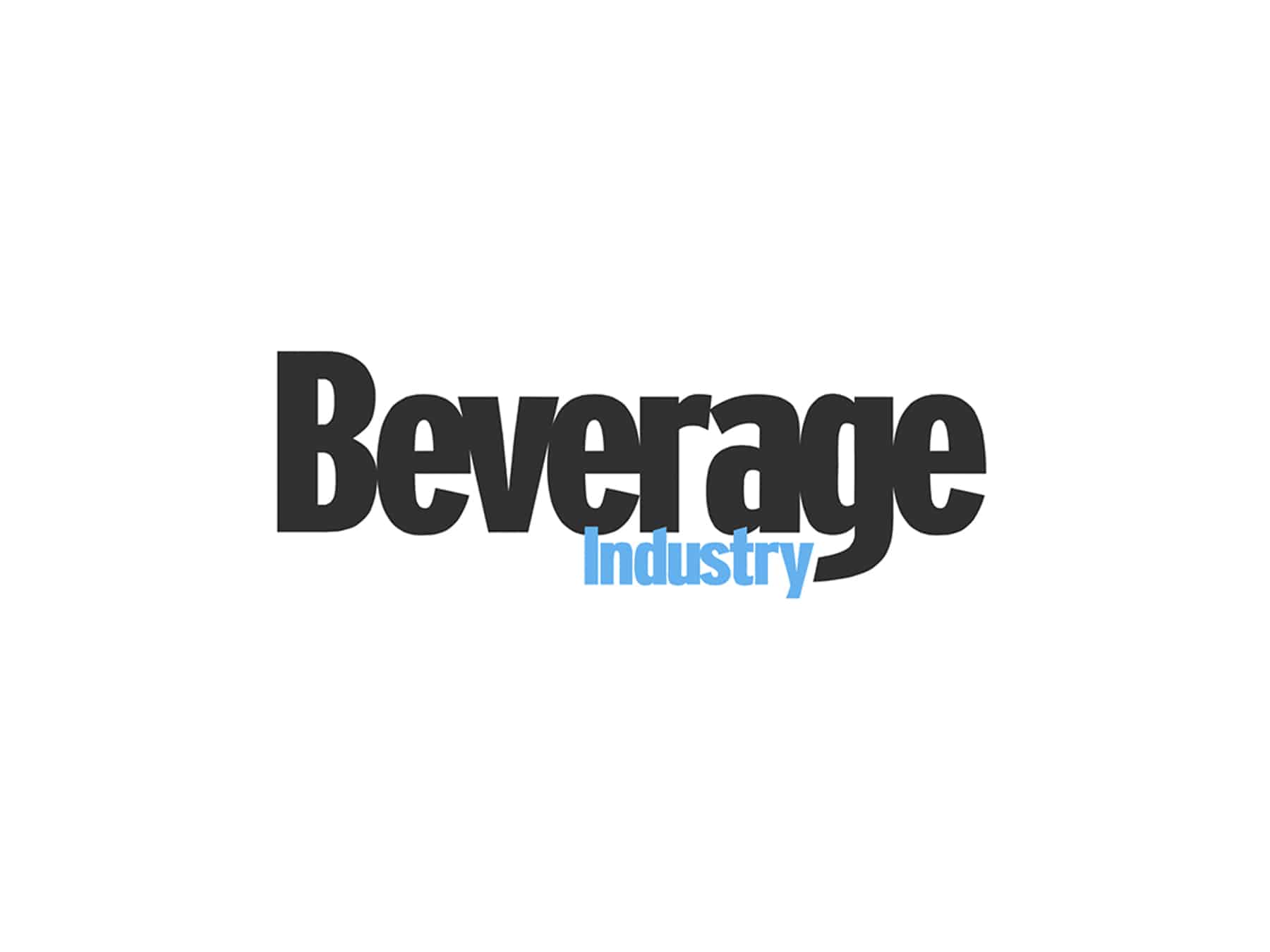
Price Increases Are Inevitable in this Inflationary Environment. Avoid These Costly Pricing Mistakes.
Setting prices is complex, and making pricing adjustments is even more difficult. Too often, CPGs aren’t able to predict critical effects of pricing until it’s too late, and those effects can be costly. How can you thoughtfully pass cost increases onto consumers while delivering the
First: The basics of price elasticity
Put simply, price elasticity measures how demand for products changes with price – how shopper behavior changes in relation to price. For every CPG, a key theme is how pricing affects sales volume and margin? If your product has an elasticity of -2.00, it means that a 1% price increase will mean a 2% fall in volume. Knowing your elasticities will ensure you can plan price changes carefully and model the optimum mix of volume and margin. It also ensures you can collaborate successfully with retailers to get the most out of trade promotions.
According to Nielsen, price elasticity normally varies between 0 and -3.5 in CPG products. Price elasticity varies between categories, between brands, and even between individual SKUs in a range.
To harness the power of pricing elasticity to make better decisions, you need to think carefully about the following:
1. Getting your pricing right in the first place
Of course it’s fundamental to price your products properly – this will anchor your products with consumers. But pricing is neither simple nor easy. If the price is too low, then promotions will severely erode margin. If the price is too high, then volumes won’t meet expectations, even when the product is on promotion. The shopper landscape is always in flux and CPGs face cost pressure when it comes to cost of goods, logistics, and marketing costs. An essential thing to understand is how your products will perform at their base price and at promotional prices, while also taking into account whether a product is designed to have a consistent EDLP (everyday low price). Neither consumers nor retailers like price increases. However, armed with the right analytics, you can model price, volume, and profit to prove to retailers that they are not going to lose category value.
2. Ensure you understand price elasticity in a granular way, right down to individual store levels
Historically, some CPGs set prices nationally without taking into account local price sensitivities for various regions. In the same way as it’s now best practice to optimise assortment at the store level, the same applies to price elasticity, which can vary greatly by geography and individual retailer. A 2016 study by McKinsey found that companies using store-level data outperformed those using aggregated or national data by 2.2 times. Whilst strategies may start off at the national level, giving your account and marketing teams localized data will enable them to strengthen retailer relationships and adjust the marketing levers to maximise local and regional success. It’s also critical to factor in the price elasticity of shopper segments at different retailers and avoid assumptions. Shoppers at upscale or premium grocers may be just as price sensitive as those at value-based discounters.
3. Understand price elasticity at the product and brand level
Consumers can demonstrate high levels of brand loyalty, but that doesn’t mean they will universally accept price increases across the range, as sensitivities can occur even down to different pack sizes and formats. If you do need to raise prices, find the items that have the lowest level of elasticity – here you can more safely raise the price without eroding volume. Before changing prices across a whole brand, model the effects on each SKU individually to predict outcomes. That way, you are taking into account the nuances of the various categories in which these products sit and make smarter adjustments by looking at the entire picture.
4. Ensure you take into account cross elasticity and price thresholds for both your own products and those of competitors
It can be easy to fall into the trap of focusing on the price of individual items instead of looking at a range or category holistically. Do you understand how the brands inside your portfolio compete with each other in relation to price and do you understand the pricing dynamics within each range? Price gaps to your competitors should be considered in detail – especially when the brands are highly substitutable. For example, raising the price of your mid-range pet food could take it so close to the price of a competitor’s premium offering that shoppers move to the competitive brand.
So how do you optimise pricing at scale across the enterprise?
Getting to grips with price elasticity and cross-price elasticity has been a recurring challenge for even the biggest CPGs – this is because it’s challenging to accurately model volume and margin at scale, across retailers and geographies, right down to individual factors. Platforms like Insite AI sit inside your private cloud, running millions of what-if scenarios in real time so you can fully model and accurately forecast the impacts of the most granular of pricing decisions. Your CPG then has the internal capability to maximise brand growth and harness the full potential of each channel, whether retail, discount, online, or wholesale. In real-life CPG deployments, Insite AI’s price elasticity predictions are 30% more accurate than tier 1 consultancy models.
With Insite AI, you can:
- Decide on the perfect prices for maximum sales, revenue, or profit generation
- Create optimized pricing at the most local, granular level
- Evaluate and select the best promotions and scenarios for optimized volume
- Use competitive cross-price elasticity to game plan against your competitive set






